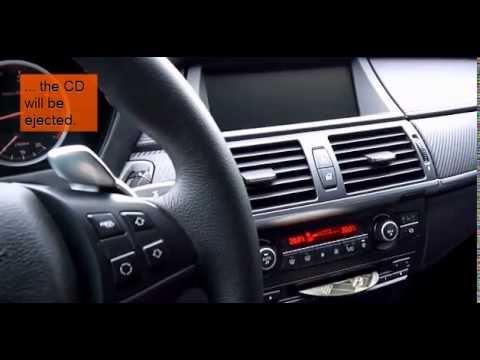

The main soft spots are the anterior fontanelle-the obvious one right in the middle of the top of the head-and a smaller posterior fontanelle, on the back of the head. These gaps will later be filled in with bone, but for now they’re covered by an amazing membrane, right under the skin, that is as tough as leather! This flexible design is so smart because it gives a bit more room for the head to squish and get a little smaller-for birth-but it also lets the head get bigger over the next few years, as your lovebug’s brain doubles in size! Where is a baby’s soft spot? They are right next to each other, but they can shift to make the head a bit more banana-shaped…so it can fit out the cervix.īetween these little skull bones are a few ravioli-sized gaps.

Each of your fingers is like one of the bones of your baby’s skull. It will stay a fist, but shift-just a little-into a slightly new shape. The best way to think of your baby’s head…is to look at your fist! Make a fist with one hand and use your other hand to wrap around it…and squeeze it a little. So, nature created a special trick to make sure any sized head can slide out: squish-ability! What is a baby’s soft spot?Īdult skulls have one solid bone, but your baby’s skull is made up of a bunch of bones that are not yet unattached. Have you heard that a baby’s head can look a little banana-like right after vaginal delivery? Some babies have big round heads that can have a little difficulty fitting through the fully dilated cervix (4 inches across). Why do babies have soft spots on their heads? But, how nervous should you be when your fingers reach your baby’s soft spot, also called a fontanelle? Well, it turns out that Mother Nature has anticipated your touch-and concern-and has made your baby’s soft spot.quite strong. That amazingly sweet smell that babies have on the top of their head is like catnip to new parents! And nuzzling that soft, fuzzy head is positively addictive.


 0 kommentar(er)
0 kommentar(er)
